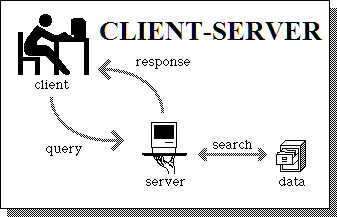Understanding what DNS is plays a crucial role when making some advanced actions other than just simple surfing. The Web knowledge will be helpful when configuring a domain for using it on Short.cm or a personal website.
Today on the Short.cm blog we'll sort the DNS process out to make a domain configuration as simple as ABC.
How DNS works
Every Internet surfer starts his/her journey by opening a browser and tapping the destination address there. For example, we want to open Google, so we type google.com in the browser address bar. What'll happen next?
Computers communicate with each other by using IP addresses. IP addresses are a set of numbers that identifies the websites on the Internet. The example of IP: 87.985.833.45. However, it's really hard for people to remember special numbers. That's why they are encrypted with words like google.com. The DNS brings IP addresses with the website names together to get you to the destination.

Source: Infomotions
The browser gets a request from a user and then searches for the IP in the cache. If the address is unknown, the browser directs the request to an OS. The Operating System also keeps the cache of the domain names and IP addresses. If OS and the browser aren't acquainted with the requested IP, the Internet Provider is the next one that helps.
The Internet Service Provider simply directs to the root DNS service. The role of the root service is to show where the .COM TLD (Top-Level-Domain) locates. .COM TLD contains the name servers of all the domains with the .com TLD.
Name servers are the primary authority of a domain. They look like "ns1.google.com; ns2.google.com; ns3.google.com; ns4.google.com". There are usually 4 servers to distribute the workload better.

Source: Start Blogging Online
When a domain is purchased, domain registrars reserve the name and transfer to the TLD registry the authoritative name servers. If you want to know the name servers of your domain, run a WHOIS query. That is a library that stores data of all the domains.
The Authoritative DNS looks for the needed IP address, based on the received name server, and transfers it back to the Internet surfer. Next time, when a user requests google.com, the browser will find the IP address on the caсhe.
Useful Links
That is a simple scheme of how the DNS works and how we're transferred to the websites. See the helpful and funny guides to clear what DNS and the Web are.
- https://howdns.works/
- https://developer.mozilla.org/en-US/docs/Learn/Getting_started_with_the_web/How_the_Web_works
The article is about:
- how the web works
- how the dns works
- what is dns
Read also:


